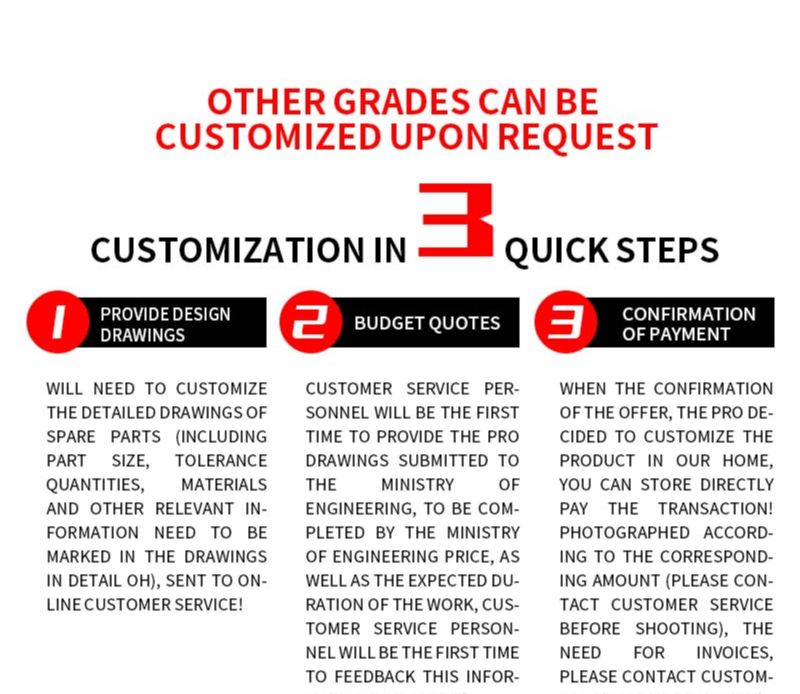The following is a detailed introduction to **tungsten steel precision probe**, covering its structure, application, selection and use points for reference:
**1. Structure and Materials**
- **Material Characteristics**:
- **Main Material**: Cemented carbide (tungsten steel), sintered by tungsten carbide (WC) and cobalt (Co), with hardness up to HRA 90-93, and has high rigidity, wear resistance and deformation resistance.
- **Probe material**: Usually ruby (alumina), silicon nitride or tungsten steel. Ruby is most commonly used (Mohs hardness level 9), wear-resistant and insulated, avoiding scratching of workpieces.
- **Structural Design**:
- **Spherical probe**: The standard shape is spherical (such as Φ1mm~Φ5mm), used to contact the measurement surface and reduce point contact errors.
- **Pole body structure**: Slim pole design (length 50mm~300mm), requires high rigidity to avoid bending and deformation.
- **Connection interface**: Adaptable to standard thread or quick change interface of three-coordinate measuring machine (CMM) and machine tool probe systems (such as Renishaw and Heidenhain).
**2. Application Areas**
- **Precision Measurement**:
- A three-coordinate measuring machine (CMM) detects the geometric tolerances (planarity, roundness, positionality, etc.) of the workpiece.
- CNC machine tools are used for workpiece positioning and tool compensation.
- **Microelectronics Manufacturing**:
- High-precision scenarios such as wafer detection, chip packaging positioning, etc.
- **Molds and Aerospace**:
- Verification of size of complex curved surface molds and aircraft engine blades.
- **Automated Detection**:
- The robot is equipped with a probe to realize automated quality control of the production line.
**3. Core Advantages**
- **High precision**:
- The roundness error of the probe head is ≤0.1μm, and the repeat positioning accuracy reaches less than ±0.5μm, which is suitable for micron-level measurement.
- **Abrasion-resistant and impact-resistant**:
- Tungsten steel rod body is wear-resistant, ruby probe is scratch-resistant, and has a long life.
- **Environmental Adaptation**:
- Low thermal expansion coefficient (corrosive carbide about 5×10⁻⁶/℃), small temperature drift, suitable for high stability measurement.
- **Multi-scenario compatible**:
- Supports contact trigger measurement or scanning measurement, and is suitable for workpieces such as metal, ceramic, plastic and other materials.
**4. Key parameters for selection**
- **Probe diameter**:
- Select according to the measurement details, such as Φ0.3mm (micropore detection) to Φ5mm (coarse measurement).
- **Room length and diameter**:
- The aspect ratio (L/D) affects the rigidity and usually does not exceed 10:1 to avoid flexural errors.
**Strength measurement and trigger force**:
- Trigger force range (such as 0.1N~1N), it must match the surface hardness of the workpiece (avoid scratching of soft materials).
- **Insulation Requirements**:
- Ruby probe is naturally insulated and suitable for live workpieces (such as PCB board inspection).
- **Special Requirements**:
- Corrosion-resistant coatings (such as DLC) are used in wet environments; extended rod or replaceable probe designs for increased flexibility.
**5. Precautions for use**
- **Calibration and Compensation**:
- Probe calibration is required after each installation (such as using a standard ball) to correct the eccentricity and diameter error of the ball.
- Recalibrate when temperature changes to avoid deviations caused by thermal expansion.
- **Measurement strategy optimization**:
- Contact speed control (such as 0.5mm/s~5mm/s), hard materials with low speed and anti-collision, and soft materials with high speed improvement.
- Avoid interference between the rod and the workpiece during multi-angle measurement.
- **Maintenance and Maintenance**:
- Regularly clean the oily surface of the probe (with anhydrous ethanol) and check whether the rod is bent or worn.
- Ruby probe avoids collision with hard objects and uses protective covers when storing.
**6. FAQs and Solves**
- **Poor measurement repeatability**:
- Cause: Probe contamination, loose rod body or temperature fluctuations.
- Solution: Clean the probe, fasten the connecting parts, and control the ambient temperature (within ±1℃).
- **Trigger signal exception**:
- Cause: The internal contacts of the probe are oxidized or the cable is damaged.
- Solution: Use contact cleaner or replace cables.
- **Probe wear**:
- Cause: Frequent measurement of high hardness workpieces or overload use.
- Solution: Check the roundness of the probe regularly, and the wear and tear exceeds the limit and need to be replaced.
**7. Mainstream brands in the market**
- **High-end import**:
- Renishaw (UK), Heidenhain (Germany), Marposs (Italy).
- **Cost-effective domestic products**:
- Zhongtu Instruments (SUTO), Shenzhen Lihe, Beijing Jingdiao.
- **Probe Accessories**:
- Ruby ball test: Swiss SYNOVA, Japanese Toshiba Titanium.
Tungsten steel precision probes are the core tool for precision manufacturing and testing. Correct selection and maintenance can significantly improve measurement efficiency and reliability, and are especially suitable for quality control in high-value-added industries (such as semiconductors, aerospace).
Dongguan Fengguan Precision Technology Co., Ltd. is located in Changan Town, Dongguan City, which is the main center of Zhuzhou cemented carbide in Dongguan. The main tungsten carbide materials, tungsten steel mold deep processing and all kinds of tungsten steel precision accessories. The cemented carbide series mainly produced and sold are: cemented carbide tungsten steel plate, cemented carbide tungsten steel round rod, cemented carbide tungsten steel strip, cemented carbide tungsten steel round die, diamond tungsten steel, various kinds of cemented carbide tungsten steel non-standard blank, non-magnetic tungsten steel, hard alloy drawing die, tungsten steel pipe shrinking die, tungsten steel pipe drawing die, tungsten steel forming die, tungsten steel punching die, powder metallurgy die, tungsten steel sealing die, Tungsten steel insert sleeve, Tungsten steel extrusion die, Tungsten steel roll, Tungsten steel guide rail, Tungsten steel sealing ring, Tungsten steel punching and shearing die, Tungsten carbide wear-resistant parts, Tungsten wear-resistant steel, Tungsten corrosion-resistant steel, Tungsten steel conductive block, Tungsten steel punch, Tungsten steel bushing, Tungsten steel parts, cemented carbide ball, Tungsten steel milling cutter, diamond blade, Tungsten steel processing, etc. The main products are: Tungsten Steel Stretching Mold,CNC Processing Tungsten Steel Products,Tungsten Steel Die Material,Tungsten Carbide Custom Machining,Tungsten Steel Precision Machined Parts,New Energy Materials Ceramic Aluminium Oxide Zirconia。
Please provide the product CAD drawings you need, we will serve you wholeheartedly to solve your needs for mold accessories and other products!





